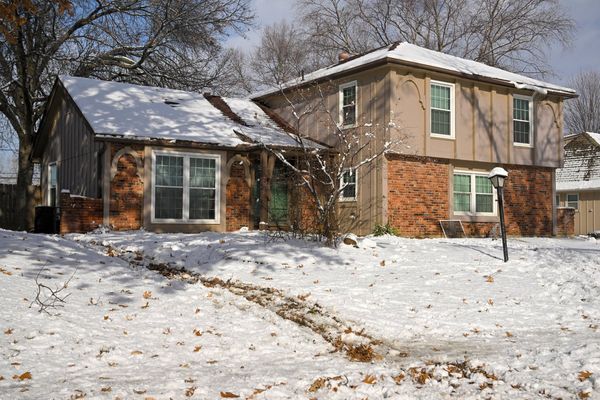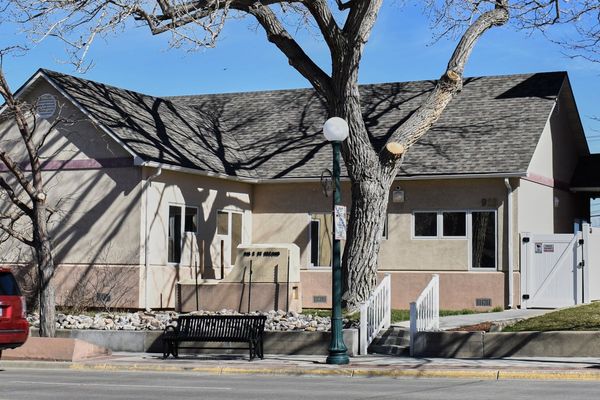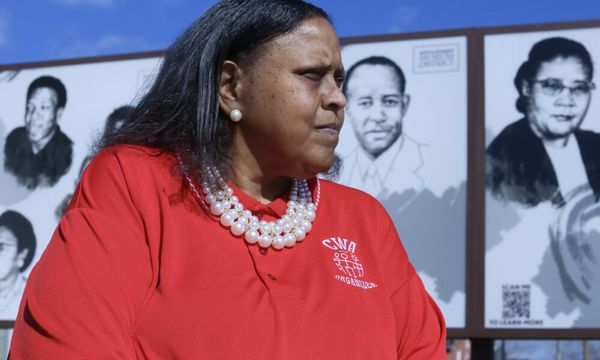It's not just the little cable cars that are climbing halfway to the stars.
Tony Bennet may have left his heart in San Francisco, but autonomous vehicle companies are putting their souls into the City by the Bay.
'No Human Driver'
Alphabet's (GOOGL) self-driving unit Waymo recently announced an expansion of its autonomous vehicle project to the streets of San Francisco.
"This morning in San Francisco, a fully autonomous all-electric Jaguar I-PACE, with no human driver behind the wheel, picked up a Waymo engineer to get their morning coffee and go to work," Waymo said in a blog post.
Waymo is driving down the autonomous vehicle highway with the likes of General Motors' (GM) Cruise and Amazon's (AMZN) Zoox as all three try to carve out their own piece of the future.
The company, which also tweeted video of its autonomous vehicle efforts, said it has begun fully autonomous rides with its San Francisco employees.
Waymo said it began deploying its technology in the East Valley of Phoenix, starting with its Early Rider Program--now called Trusted Tester--in 2017, followed by fully autonomous public rides in 2020.
The company said it will soon expand to Downtown Phoenix.
Dmitri Dolgov, Waymo's co-CEO, tweeted that "this was a magical moment -- another one to add to a list of exciting steps in Waymo’s history that I’ll never forget."
'We'll Be in More Cities Soon'
"I’m so proud to work with the amazing Waymo team and grateful for everyone’s creativity, commitment, and passion! Now onto the next chapter!" he said.
Magic might come in handy as Waymo tries to out-maneuver its competition.
Cruise started offering driverless ride-hailing service in San Francisco in February and promises that "we’ll be in more cities soon."
GM recently said it was acquiring Softbank Vision Fund 1's equity ownership in Cruise for $2.1 billion.
Zoox, which Amazon agreed to buy in 2020, has declared on its website that its autonomous vehicle is "built for riders, not drivers."
This was the same year the company unveiled its autonomous L5-capable robotaxi and looking down the road, Zoox said it is working on commercial operations in Las Vegas and--you guessed it--San Francisco.
A report by the McKinsey Center for Future Mobility said that some countries have recently introduced regulations about autonomous driving, "with Germany issuing particularly robust guidelines."
"That said, many other countries lack overarching, comprehensive regulations, as do many cities," the report said.
'The Greatest Bottleneck to Autonomous Driving'
McKinsey said it surveyed 75 executives from automotive, transportation and software companies working on autonomous driving,
The report found that 60% of the respondents "viewed the need for regulatory support as the greatest bottleneck to autonomous driving, with those in Europe most likely to voice this sentiment."
"Notably, several European countries have launched independent efforts to create regulations, rather than coordinating with one another," the report said. "Different regulations have also emerged in China at the municipal level."
Earlier this month, the U.S. Department of Transportation’s National Highway Traffic Safety Administration issued a "first-of-its-kind" final ruling that updated the occupant protection Federal Motor Vehicle Safety Standards.
The update accounts for vehicles that do not have "the traditional manual controls associated with a human driver because they are equipped with automated driving systems."
The update was an important step for General Motors and Tesla (TSLA), whose CEO, Elon Musk, has said he was considering releasing the Tesla Model 3 with no steering wheels or pedals. Tesla unveiled a Model 3 without a steering wheel in 2019 but does not market it.







